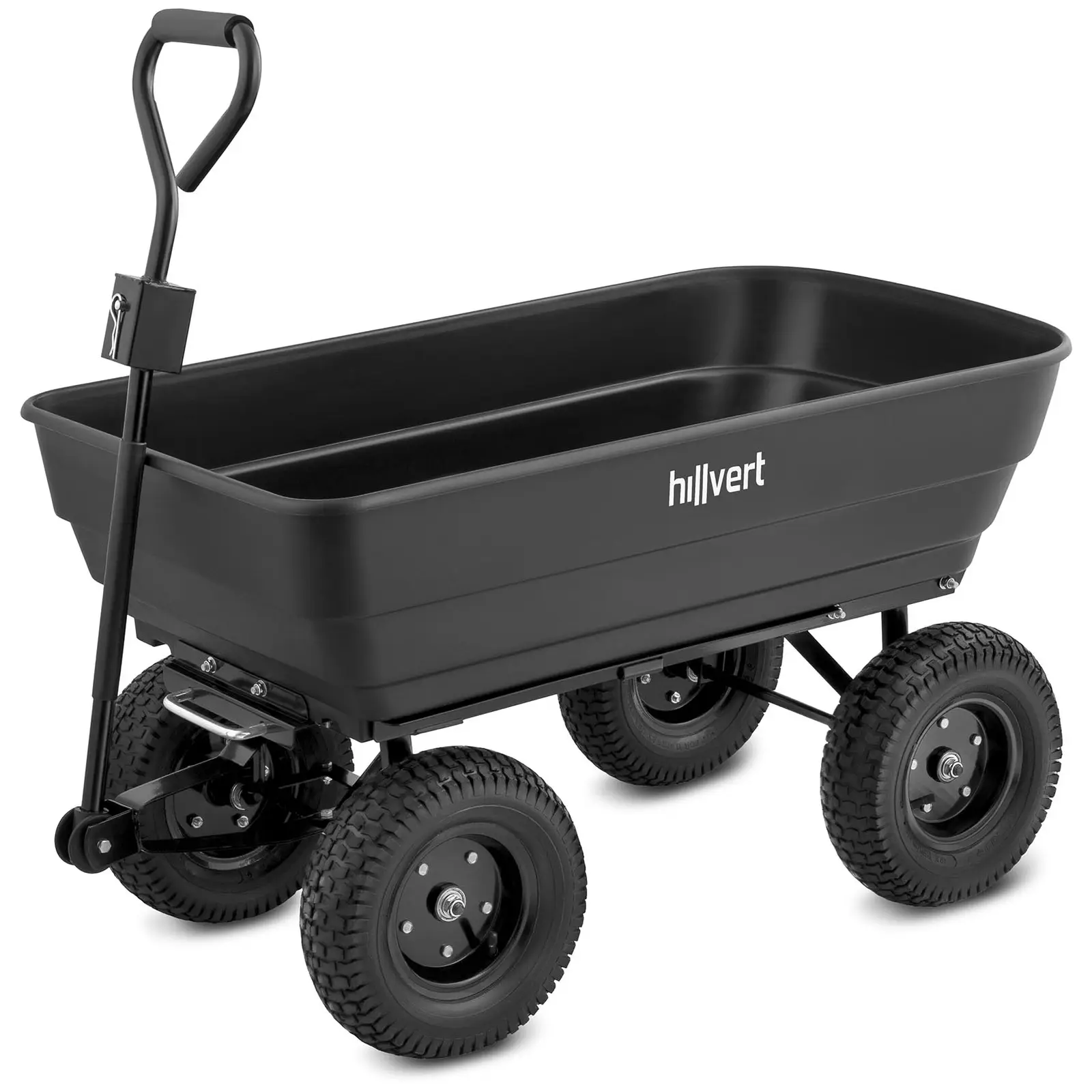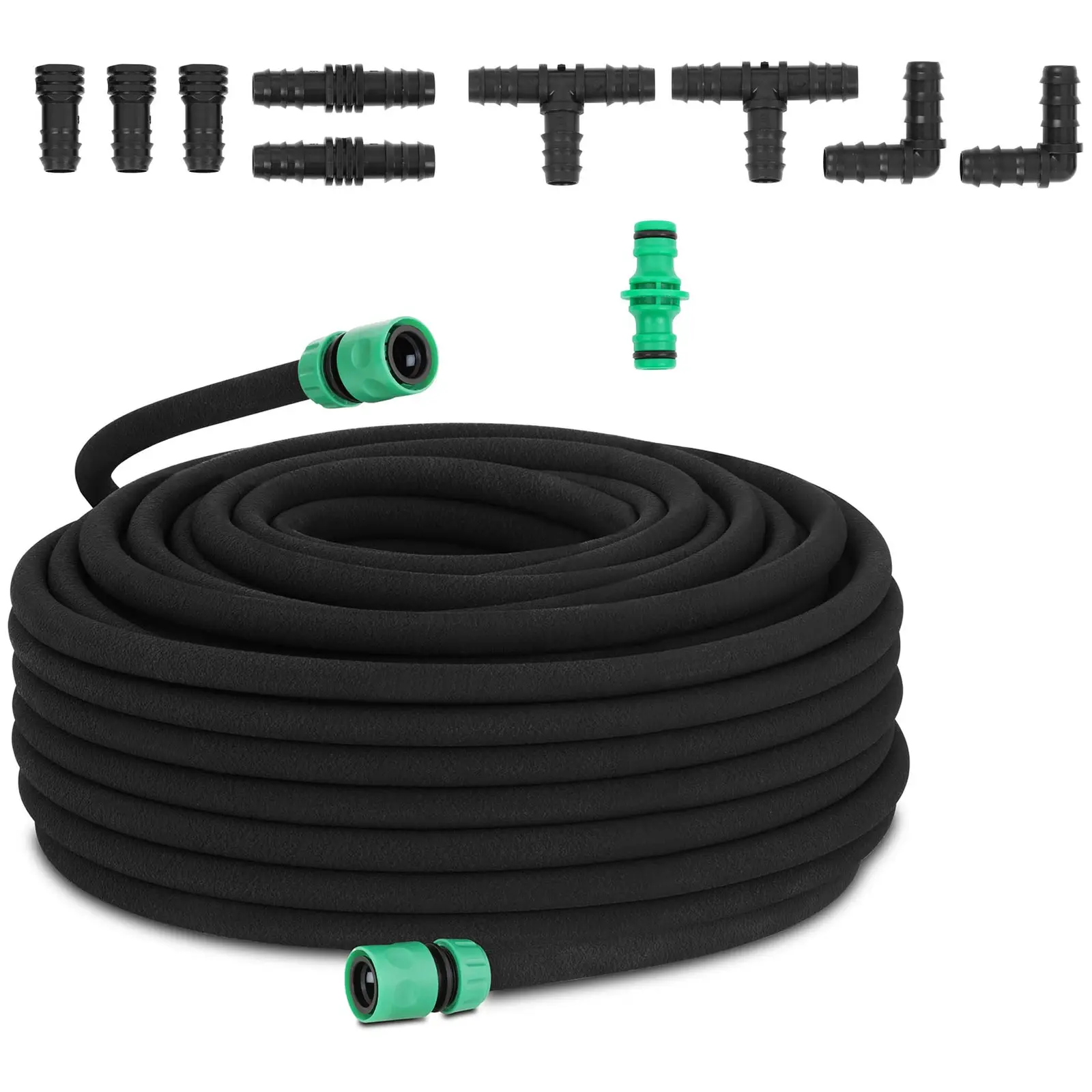A garden pond will add a unique feeling to any garden. It will not only look nice, but if you add some fish and interesting plants it can also be a wonderful opportunity to feel closer to nature. Read on for step-by-step advice on creating your own garden pond. It is not as difficult as it may seem, and an interestingly designed pond will give you a lot of satisfaction.

A garden pond will add a unique feeling to any garden. It will not only look nice, but if you add some fish and interesting plants it can also be a wonderful opportunity to feel closer to nature. Read on for step-by-step advice on creating your own garden pond. It is not as difficult as it may seem, and an interestingly designed pond will give you a lot of satisfaction.
Designing a garden pond
Among the dilemmas of many beginner gardeners are how to build a greenhouse or a gazebo, or dig your own pond.
Before getting started, bear in mind that the creation of a pond by machinery is considered an engineering operation under the Town and Country Planning Act 1990 (as amended). Even if your proposed pond will be small and shallow, the excavation of a pond may be defined as an engineering operation which may require planning permission. It’s always best to check with your local planning authority beforehand. Although not a legal requirement, before you start digging make sure you will not come across an fibre optic cable or gas pipe. Therefore, and especially in the case of deeper wholes, it is worth applying for the relevant technical documentation of the area you want to dig up.
A garden pond can also be treated as a rainwater tank, and therefore a form of reducing drought risk.
The above advice applies to typical garden ponds located in the vicinity of your house. Creating a woodland pond may also require specific planning permission from the relevant authority. Such a pond could be classified as a reservoir or a fish pond.
Types of garden ponds
Before starting work, you should carefully choose the location and plan the design of the pond. There are many types of pond, and the right choice depends both on your personal preferences and external factors, such as soil type. If you have a garden with clay soil, you could try to create a “semi-wild” pond. If the soil is permeable, the bottom of the pond should be protected with liner or concrete. There are also ready-made, factory moulds and original home-made ideas such as a bathtub or a tyre.
The pond should be adapted to the size of the plot. When designing your garden, you should choose the optimal location of the pond at the beginning. If you intend to keep fish all year round, it should be of a sufficiently large size. Otherwise, the fish may not survive winter under the ice. Also remember that the larger the pond, the easier it is to maintain its biological balance.
Ponds with fountains
A fountain is a good idea even in a small pond. It is best to buy ready-made models. They are not expensive to buy, they come with safety certificates, and their installation is usually very easy.
How to make a pond with a waterfall? To do so you will need rocks and large stones to create the cascade. Water jets splashing from the centre of the pond will also look spectacular. Gardeners planning a garden irrigation system could incorporate it into a system for watering plants close to the pond.
In addition to their visual appeal, cascades and fountains also play an important role. They fulfil the very important function of agitating the water and thereby aerating it, increasing the concentration of dissolved oxygen. Their soothing sound is also very relaxing.
How to make a pond without lining?
Owners of large gardens could try to create a pond without covering the bottom with foil or concrete. Plants grow well in more natural ponds, and fish and other amphibians will also feel more at home. Large ponds also look good with additional landscape elements around them, such as a bridge. Another example could be a garden swing next to the pond or on a deck over the water. Swinging directly above the water will definitely provide an unforgettable experience.
In order for such a pond to function properly, two key conditions must be met – the ground must be clay and the groundwater must be sufficiently high. The correct depth is also important (approx. 5 feet), as water in a too shallow pond will evaporate quickly in summer. In the case of severe droughts even regular watering of such ponds may not help and they could dry up.
A pond in a tyre
A great way to build a small pond is using an old tyre. Such a pond will be very stable, and at the same time flexible and leak-resistant with a perfectly round shape.
How to create a pond in a tyre? Large tractor or combine harvester tyres are ideal for this purpose. Cover them with liner and dig them into the ground. You could also build around the edges of the tyre with stones. A pond created in this way will then look like a well or a spring. A rock garden will also make an original impression.
How to create a pond from a bathtub?
An old bathtub will also be ideal for creating a unique looking pond. Just dig it into the ground, put in the plug and you are ready to go! The edges of such a pond should be lined with stones or bricks. Planting not-too-tall plants with green leaves will also do the trick.
Such ponds usually let you keep a few small fish in the warmer months. Before winter, however, depending on the exact type of fish, you should move the fish to your home or a larger pond.
Creating a pond out of a barrel
A pond made out of a barrel will also have some appeal. Plastic, iron and wooden barrels will do in this case. The idea is similar to that with bathtubs.
Wooden, rustic looking barrels will not need to be completely covered with stones, because the walls themselves will serve as decorative elements. Simply bury the barrel half-way or 3/4 in the ground and put some plants around it e.g. reeds on one side, and you could build a stone waterfall from the other side. Two or three barrels of different sizes placed next to each other in a cascade will also look very effective.
How to create a garden pond step by step?
If you decide to create a pond it will need to be well planned. First of all you will need the right construction equipment. A spade, a shovel and a wheelbarrow for the earth will definitely be needed. In the case of stony soil, or with rubble or old foundations, you may need more advanced tools, e.g. a jack hammer. The next step is gathering the materials needed to build the actual pond (liner, stones, sand, plants). Then you’re good to go.
- The location: ideally, the pond should have varying access to sunlight during the day. This will allow for proper development of the aquatic plants, but at the same time the water will not overheat and development of algae will be limited. However, you should avoid overly shaded spots under trees, as the leaves falling into the pond will make it much more difficult to clean in the autumn.
- The hole: terraced shapes generally work best. The earth will not crumble, and on the next levels you can put plants with different requirements than those below. If you intend to keep fish, the pond should be at least 100 square feet and ideally at least 3 feet deep. This will ensure that water will not freeze to the bottom in winter.
- Execution: the hole should be covered with pond liner (possibly concreted) before adding any water. The material should then be weighted down with large, flat stones or bricks. However, it should lie quite loosely. The edges of the pond, depending on your preferences, can be covered with stones, gravel or sand. It is also good to prepare underwater flower beds in advance, where you will then plant the aquatic plants. They could also be placed in any type of container – e.g. ceramic pots.
Pond plants
Having plants in your pond is crucial, as they will release oxygen back into the water, absorb excessive nutrients, and also prevent the build-up of algae. The type of plant depends not only on your preferences, but also on the size of the pond. Different types can survive with a different degree of immersion. A pond should therefore take into account a division into biological zones.
- Bog plants: there should only be a few inches of water in this part of the pond. It is therefore suitable for swamp and bog plants (marigolds, meadowsweet, reeds, cattails, irises).
- Marginal plants: not more than 6 inches deep. Darts, reeds and ossicles will grow well here.
- Submerged plants: more than 6 inches deep. This zone is great for planting water lilies or lotuses. In ponds with clear water and a lot of sunlight, you can submerge plants as much as 7 feet under water.
- Floating plants: this zone is for plants that do not grow roots (duckweed, water lettuce, hyacinths).
When choosing the plants for your pond, you should remember that some types grow very quickly in favourable conditions (hornwart, waterweeds). Therefore, you should regularly remove excess growth in this case. The same goes for duckweed, because in a few weeks it can cover the entire surface of your pond. Carps and crucians can come to the rescue here, as they will eat up the excess plants with pleasure.
How to look after a pond?
Properly looking after your pond is very important. In addition to adding water, removing excess plants and looking after the installations (fountains, filters, water aerators), you also need to take into account that the pond will require regular cleaning. Nets for collecting floating leaves and all kinds of other accessories (buckets, shovels) will come in very handy. There are also special pond cleaning vacuums, which let you conveniently get rid of sediments resting at the bottom.
In winter you should also look after the welfare of your fish, protecting them from oxygen deficiency. Some people regularly extract air holes for this purpose, but this is not a very good solution and the acoustic waves from doing so harm the fish. Various floating elements with fountain filters or heaters under the surface of the water will work well here. You could also place a bundle of straw in the shallow zone, which will help to maintain a small air flow. The water inside it will freeze, leaving micro-crevices along the blades.
How to create a pond – summary
If you plan the creation of you garden pond well, that is carefully select the location, its materials and what to plant, then actually creating the pond, as well as later maintenance, should not take up much time. A well-kept pond can provide a huge dose of satisfaction and offer a delightful view for you, your family and your guests. Relaxing by the pond in summer will make it well worth your while. Building a garden gazebo or a terrace next to the pond would also be a great idea.
Even a small pond will have a positive effect on the micro-climate of your garden, increasing humidity in its vicinity. Amphibians, which are useful in the garden, also love to breed in ponds, which are also an excellent source of drinking water for singing birds, hedgehogs and other small animals.


















Share